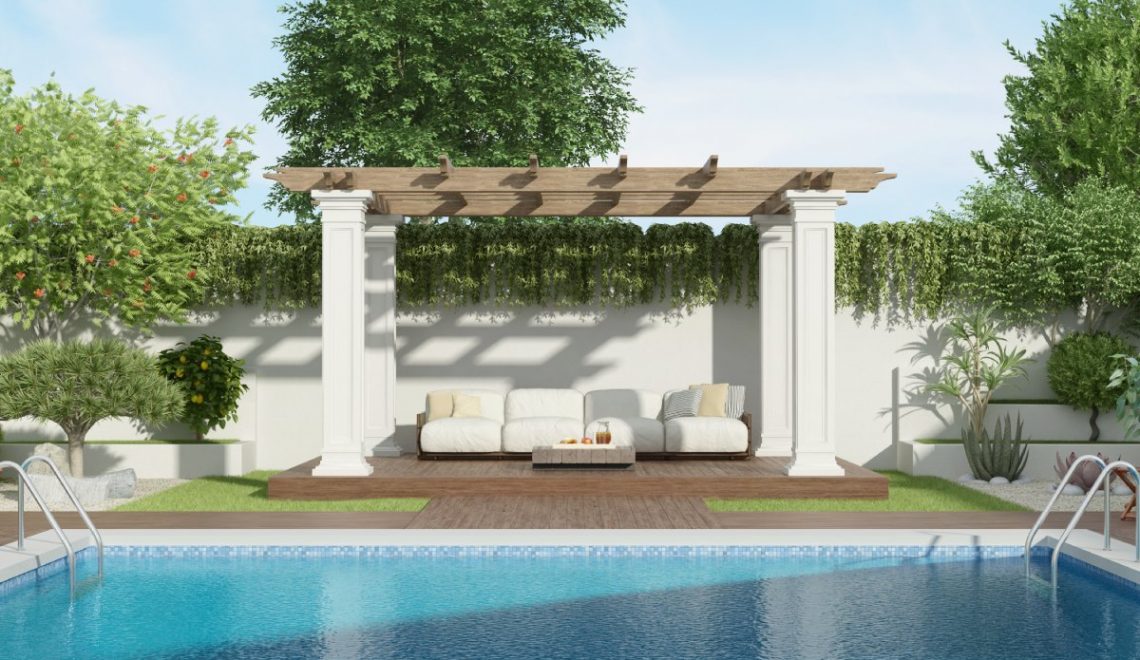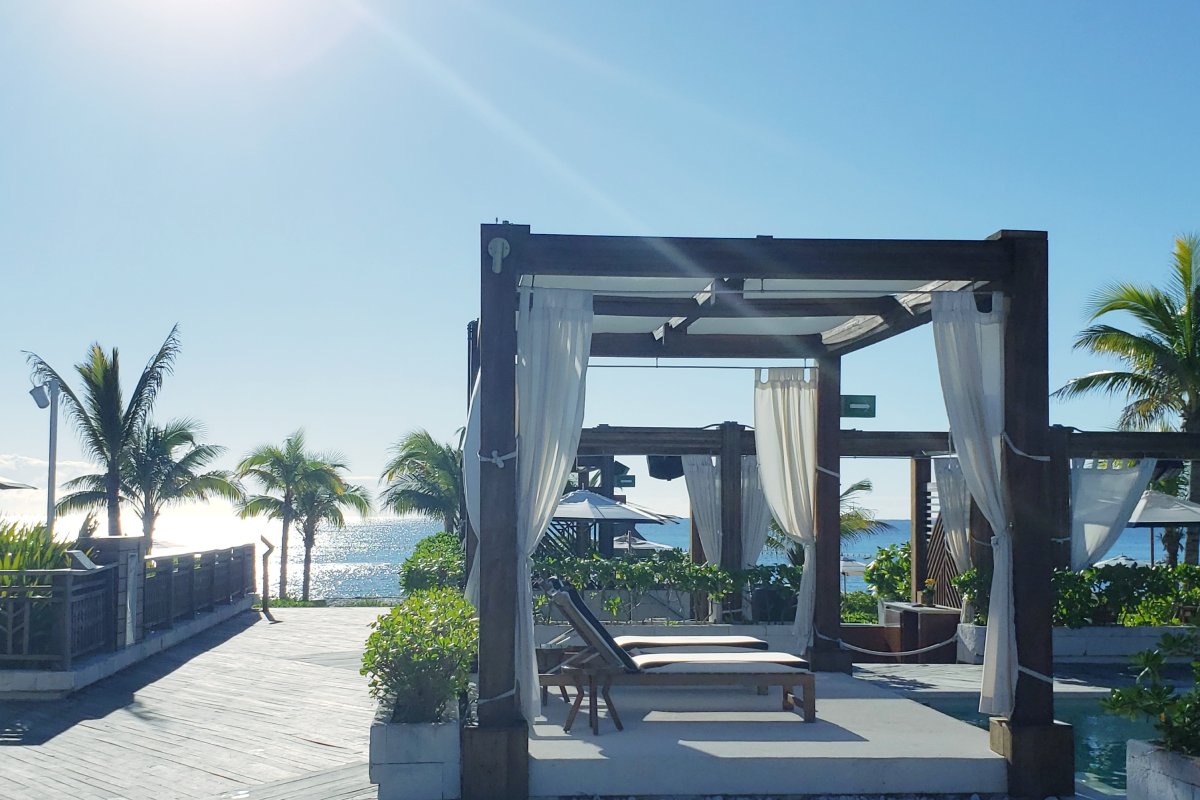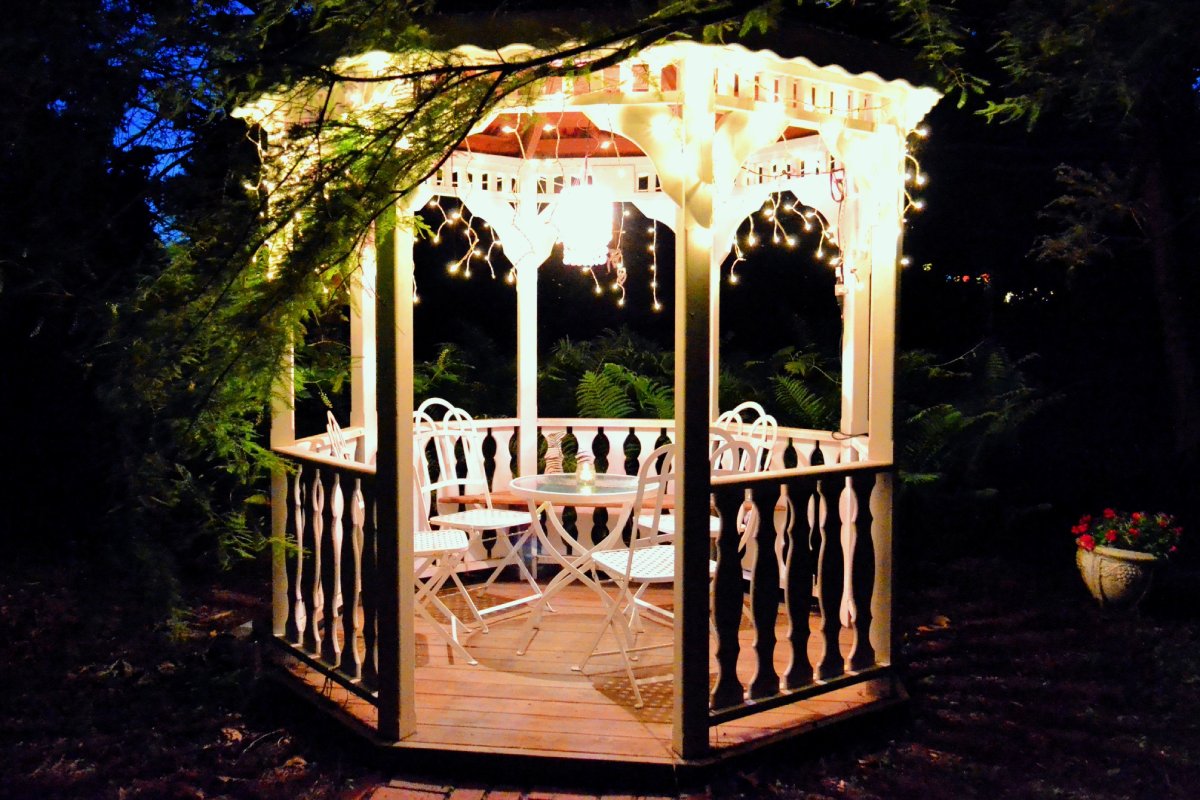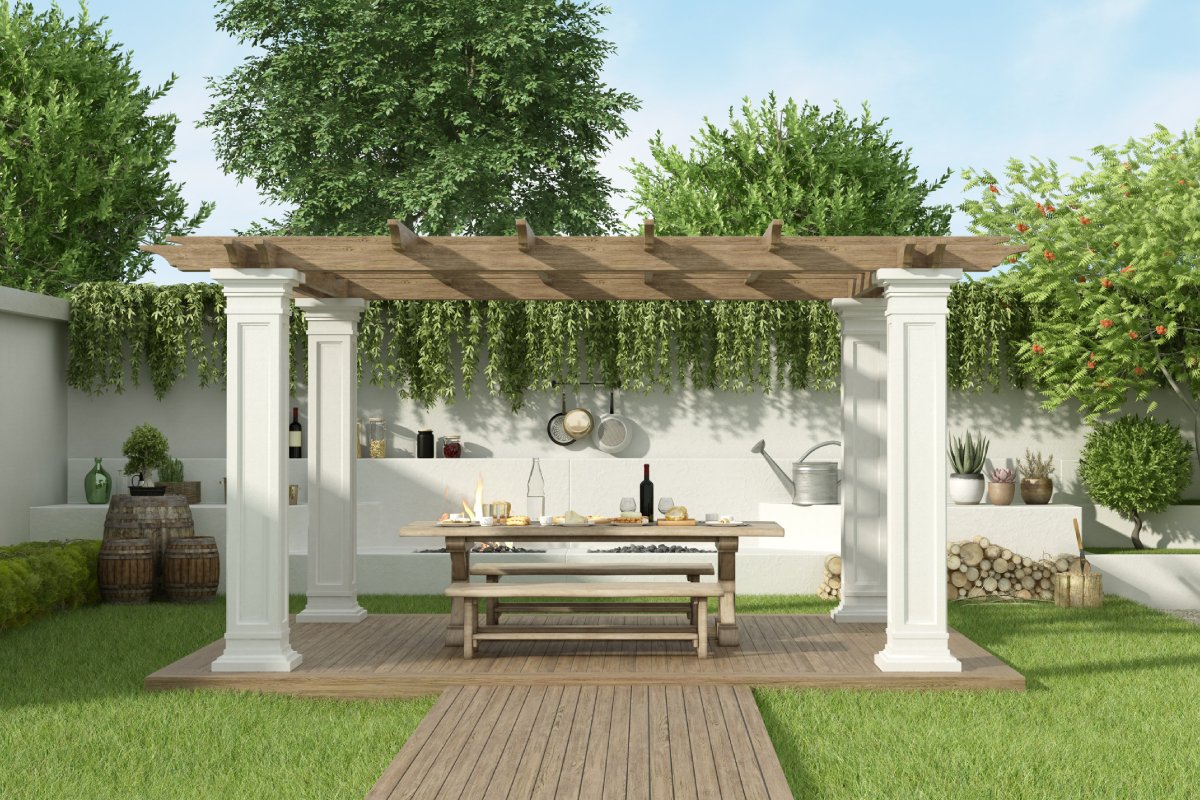
Outdoor structures are a popular addition to many homes. These structures not only enhance the beauty of outdoor spaces but also provide functional benefits such as shelter and shade.
And these days, one of the most popular outdoor structures is pergola and gazebo, if you are considering installing any of them, there are several factors to consider, including the lifespan of the structure, the specific needs of the homeowner, and the desired style and design.
In this article, we will explore these factors and provide insight into which outdoor structure may be the best option for you.
What is a pergola or gazebo?
A pergola and a gazebo are two outdoor structures that are designed to provide shade, shelter, and an aesthetic appeal to an outdoor space. While both structures are similar in terms of their purpose, there are some notable differences between the two.
A pergola is an outdoor structure that is typically made up of vertical posts that support a series of cross beams and rafters. The top of a pergola is usually open, allowing sunlight to filter through the beams, creating a dappled light effect. Pergolas can be constructed out of a variety of materials, including wood, metal, or vinyl, and are often used as an extension of a home’s outdoor living space. They can be designed to be freestanding or attached to a house and can be customised to fit a range of styles and sizes.

Pergolas with curtains to create more aesthetic appeal
On the other hand, a gazebo is a standalone structure that is usually round or octagonal in shape, with a peaked roof and open sides. Gazebos are often used as a focal point in a garden or outdoor space, providing a covered area for dining, entertaining, or relaxation. Like pergolas, gazebos can be constructed from a variety of materials and can be customised to fit a range of styles and sizes.
Both pergolas and gazebos can be used to create a visually striking outdoor space. Pergolas can be used to create a covered walkway or outdoor dining area, while gazebos can be used as a focal point in a garden or as a covered area for outdoor events. Both structures can be enhanced with a variety of features, such as lighting, seating, or even a built-in fireplace or grill.
When deciding between a pergola and a gazebo, there are a few factors to consider. Pergolas are typically less expensive than gazebos and can be more easily customised to fit the design of a home. According to HomeAdvisor, a USA-based leading online platform for home improvement services, the cost of building a pergola can range from $2,000 to $10,000 or more, depending on the size, materials, and complexity of the design.
Gazebos, on the other hand, provide a more substantial and permanent outdoor structure and can be more suitable for larger outdoor spaces. The cost of building a gazebo can range from $3,000 to $15,000 or more, depending on the materials and size.
What is the lifespan of a pergola and gazebo?
The lifespan of a pergola and a gazebo can vary depending on a number of factors, including the quality of the materials used, the climate in which they are located, and the amount of maintenance they receive.
A well-built pergola or gazebo that is made from high-quality materials and is properly maintained can last for many years. The type of material used to construct the structure can have a significant impact on its lifespan. For example, according to Wood Magazine, cedar or redwood are the best types of wood for outdoor structures as they are naturally resistant to decay and insects. A pergola or gazebo made from them can last up to 20 years or more, while those made from other types of wood may have a shorter lifespan. Metal or vinyl pergolas and gazebos can also last for many years, but vinyl may not be as visually appealing as wooden or metal structures.

Gazebo
The climate is another important factor that can affect the lifespan of a pergola or gazebo. In areas with harsh weather conditions, such as strong winds, heavy rain, or snow, the structure may be subject to wear and tear. For example, metal structures would be the worst for high humidity or salt air area as they would quickly be rusted and corroded. It’s important to choose materials that are durable and resistant to the elements and to perform regular maintenance to keep the structure in good condition.
Proper maintenance is crucial to ensuring the longevity of a pergola or gazebo. Regular cleaning and upkeep can help prevent damage from occurring and extend the life of the structure. This can include routine cleaning to remove debris, checking for damage or wear, and treating the structure with sealant or other protective coatings.
In general, a well-built and well-maintained pergola or gazebo can last anywhere from 10 to 30 years or more. However, the actual lifespan of the structure will depend on a number of factors and may vary from one location to another. It’s important to consider these factors when choosing a pergola or gazebo and to work with a professional builder or contractor to ensure that the structure is designed and constructed to last.
Which one is better: the pergola or the gazebo?
Determining whether a pergola or gazebo is better depends on the specific needs and preferences of the homeowner. Both structures offer their own unique benefits, and the choice ultimately comes down to personal taste and practical considerations.
Pergolas are generally less expensive to build than gazebos, and they offer more flexibility in terms of design and customisation. They can be used to create a covered walkway, an outdoor dining area, or an extension of the home’s living space. Pergolas also allow for more natural light to filter through, creating a dappled light effect that can be especially attractive in an outdoor setting. They are typically easier to build and can be used to add architectural interest to a home.

Gazebos, on the other hand, provide a more substantial and permanent outdoor structure. They can be used as a focal point in a garden or as a covered area for outdoor events. Gazebos offer a greater degree of protection from the elements and can be more suitable for larger outdoor spaces. They also provide more privacy and can be used to create a cosy and intimate outdoor setting. Gazebos can be customised with features such as built-in seating, lighting, and other amenities.
Additionally to this, whether you are choosing a pergola or a gazebo, if you are believing and would like to install it in feng shui style, the installation is one to consider. Ideally, it should be located in a quiet, protected area of the garden, away from direct lines of sight from the front door or main entrance. Additionally, it should be positioned so that it faces the south, southeast or east direction, as this is believed to bring good energy and positive vibes.
In conclusion
Both pergolas and gazebos can enhance the beauty and functionality of outdoor living spaces and can provide many years of use with proper maintenance and care. The choice between a pergola or a gazebo ultimately depends on the specific needs and preferences of the homeowner. Homeowners should carefully consider the lifespan of the structure, the desired style and design, and the practical considerations of the intended use and climate.
Ultimately, with careful consideration and the guidance of a professional builder or contractor, homeowners can choose the outdoor structure that best suits their needs and enhances the beauty of their outdoor living spaces.

